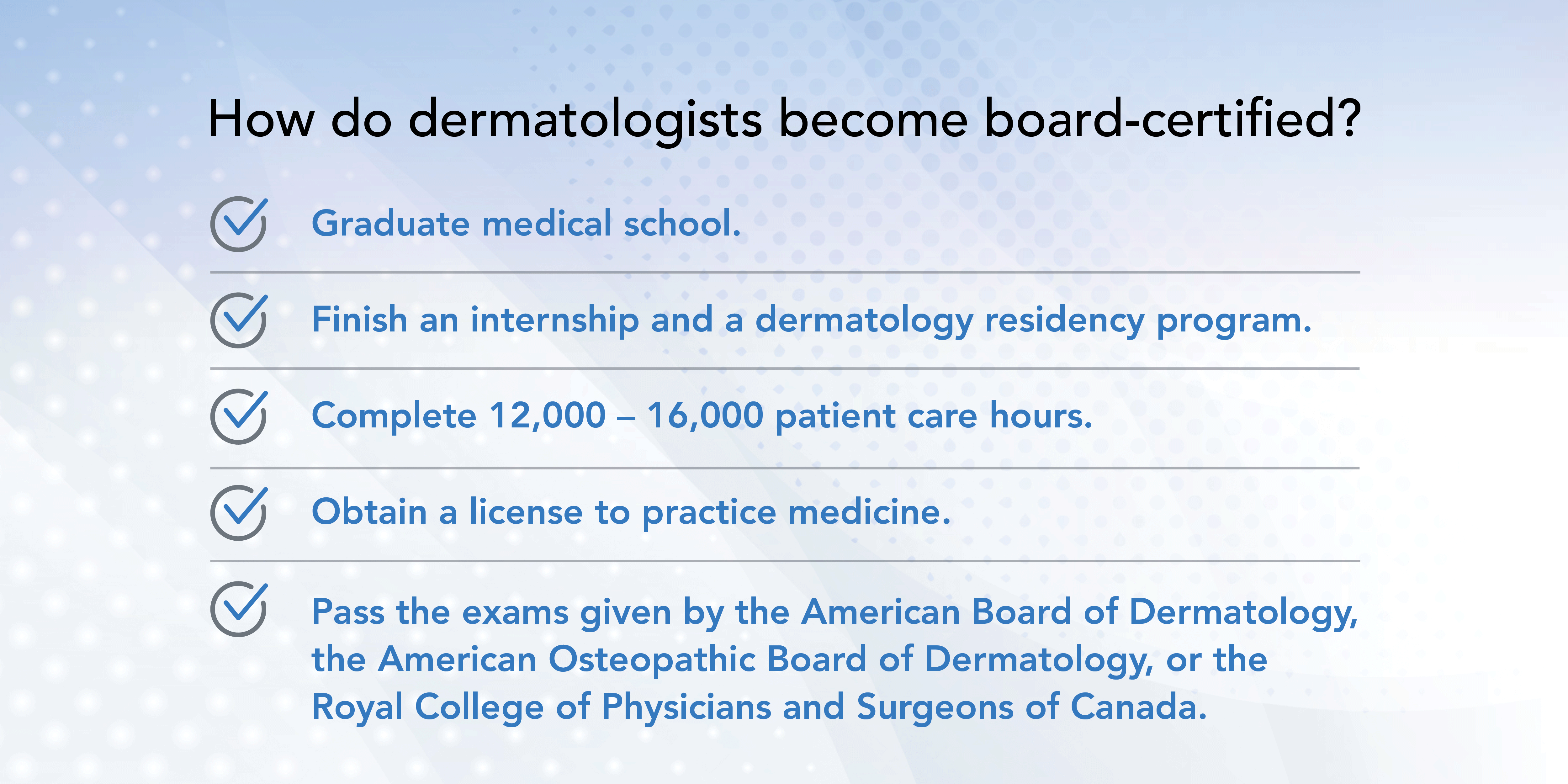Consider a dermatologist specializing in mohs surgery for skin cancer treatment with high precision.
Mohs Surgical Treatment Explained: A Trick Procedure in Dermatology for Taking Care Of Skin Cancer Cells Successfully
In the realm of dermatology, Mohs surgical treatment stands as a critical procedure for combating skin cancer cells, specifically basal cell and squamous cell cancer. What specifically makes Mohs surgical procedure so efficient and just how does it contribute to favorable patient results?
Comprehending the Fundamentals of Mohs Surgery
Although it may appear complex, Mohs surgical procedure is a precise medical method used mostly to treat skin cancer cells. The main purpose of Mohs surgical procedure is to remove all cancer cells while sparing as much healthy tissue as possible. Its precision and high success rate have actually made Mohs surgical procedure a foundation in dermatology, using hope to patients worldwide.

The Treatment: Step-by-Step Failure of Mohs Surgical Procedure
While Mohs surgical procedure may appear challenging, understanding the detailed treatment can aid demystify the process. The treatment begins with the doctor eliminating a slim layer of visible malignant skin. This layer is then thoroughly analyzed under a microscopic lense for cancer cells. If cancer cells are identified, the specialist gets rid of another layer of skin and the procedure is duplicated. This cycle proceeds until no more cancer cells are discovered, making sure the complete elimination of cancer cells while maintaining as much healthy and balanced skin as possible. The wound is after that shut utilizing stitches, a skin graft, or it might be entrusted to heal naturally. Postoperative care is necessary to promote recovery and monitor for any signs of recurrence.
The Advantages of Mohs Surgery in Skin Cancer Therapy
An outstanding number of people have found the distinct benefits of Mohs surgical procedure in their battle versus skin cancer. The treatment is normally performed on an outpatient basis under local anesthesia, making it much less exhausting on the body than even top article more intrusive surgical treatments. dermatologist. Mohs surgery provides a premium choice for effective skin cancer cells treatment.
Feasible Threats and Complications Connected With Mohs Surgical Treatment
Regardless of its various advantages, Mohs surgical treatment is not without potential risks and complications. Like all medical treatments, it lugs a threat of infection, bleeding, and an unfavorable reaction to anesthesia. In uncommon cases, patients may experience nerve damage, leading to tingling or weak point in the location of surgery. There's also the opportunity of a reappearance or spread of skin cancer, particularly if all malignant cells were not completely removed during the treatment. Marking is an additional problem, as it can be obvious depending on the size and location of the cured location. The psychological effect of a additional info skin cancer diagnosis and succeeding surgical treatment ought to not be taken too lightly, as it can lead to anxiousness and anxiety in some patients.
Planning for and Recuperating From Mohs Surgical Treatment: What to Anticipate
To make sure the very best possible result from Mohs surgery, people require to appropriately plan for the procedure and recognize what to expect during recovery. Preparation usually involves a detailed discussion with the healthcare service provider regarding the individual's case history, present medicines, and prospective allergies. Some drugs could need to be stopped prior to the surgery to minimize bleeding. Postoperative treatment is vital for effective recuperation. Patients might experience light pain, inflammation, or swelling, which can be taken care of with prescribed medications. They are encouraged to rest, avoid difficult tasks, and maintain the medical website clean and completely dry. Regular follow-ups are required to monitor recovery and identify any kind of complications early. The key to recuperation holds your horses' adherence to their healthcare copyright's directions.
Conclusion
